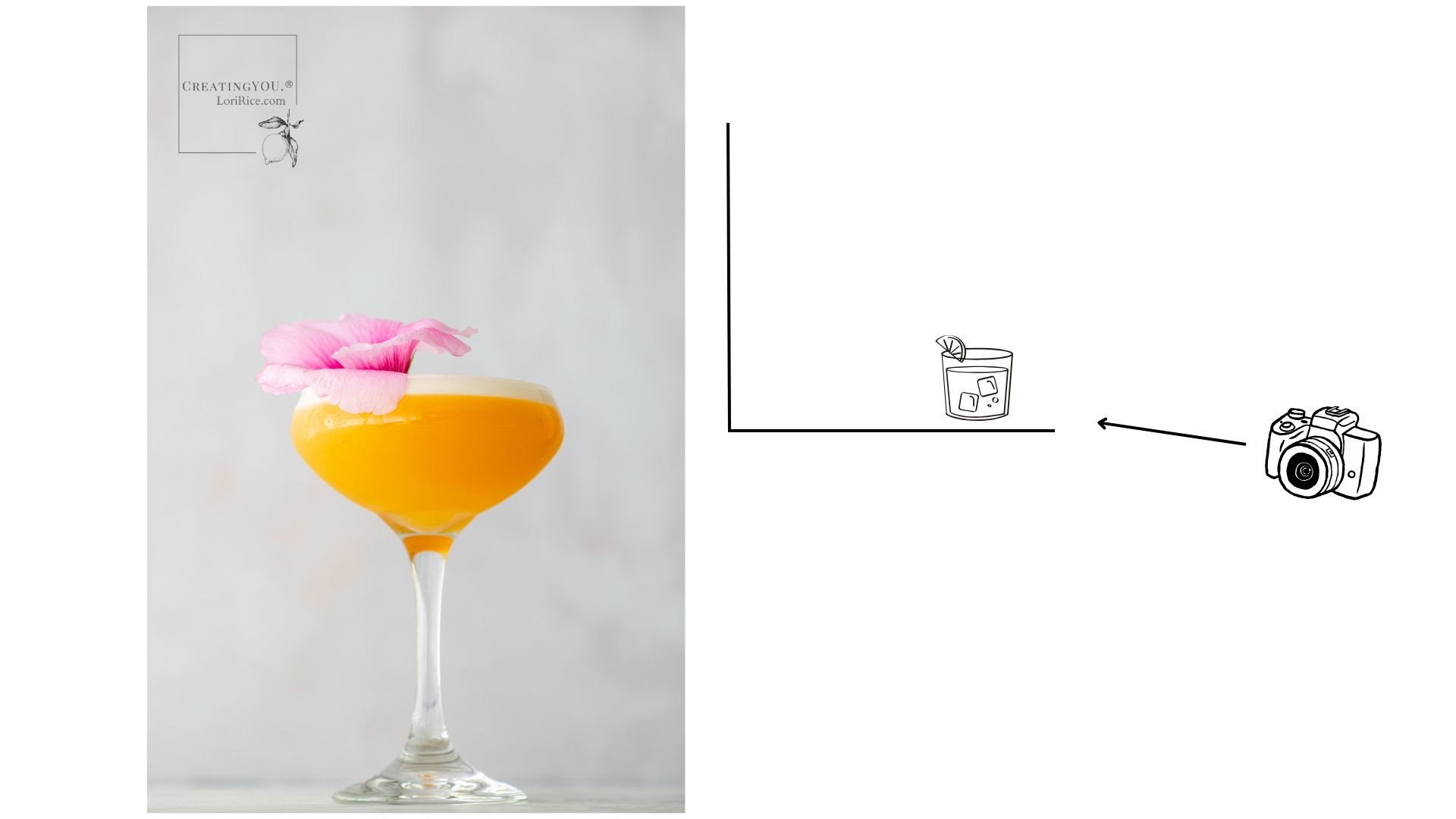Some say flat lays are over, but here’s the truth: flat lay photography hasn’t gone anywhere—it’s just evolved. And when done well, it still communicates a message to the viewer in an inspiring, informative way.
A flat lay gives you the opportunity to tell a story in one single frame. They are great for product highlights, ingredients, tools, seasonal themes, color stories, and styled kits.
They are highly shareable whether on social media, on your website or portfolio, and in e-commerce stores. They are still used in everything from print layouts and ebooks, digital products, and branding imagery. They make what you are trying to communicate or sell easy to understand.
Just this spring, I photographed an advertorial for EdibleSLO that ran in their spring issue to share about local products for Easter baskets and spring gifts.
Flat lays are applicable to nearly everyone. Here are some ways they work for photog-stylists, small business owners, bloggers, and content creators.
Food & Ingredients – shopping lists, recipe breakdowns.
Products & Packaging – skincare, jewelry, paper goods, you name it.
Travel and Shopping Stories – maps, postcards, tickets, journals. Souvenirs you picked up, thrifting shopping finds.
Creative Lifestyle – art tools, outfits, accessories, moodboards.
Small Biz Scenes – flat lays of your process, materials, or kits.
Education - all the varieties that exist (my favorite when it comes to produce, of course!).
These are a few tips to keep in mind when you are styling your shot.
Plan your color palette and choose a direction with color. Go monotone or use complementary color families to create a cohesive look.
Layer by choosing your hero item. Then build from your background to the focal point, your hero. (But you don’t always have to layer. For some flat lays, the hero on the surface works the best.)
Consider the eye path. You are in control of where you want your viewers to look first and where you want their eyes to go. Build that with your composition.
Don’t be afraid of negative space even in busy scenes that embrace cluttercore.
Natural light is your best friend. Use a scrim and white bounce card if necessary to reduce harsh shadows.
Flat lays can range from minimal to maximal in style. It’s your choice and it may vary by your shoot, the client and product, even your mood or the season. Here are some styles to experiment with.
Minimal = One or two objects. Lots of space. Feels calm and clean.
Classic = A central focus item + a few accent props.
Story + Education Driven = A curated collection of items that tell a moment in time or educate on a topic.
Cluttercore = a current styling trend that is maximal, visually rich, and busy but balanced. An overflowing harvest table or a plant lover's shelf are good examples.
Experiment with different styles to find which you like best and which works the best with the hero you are photographing.



















